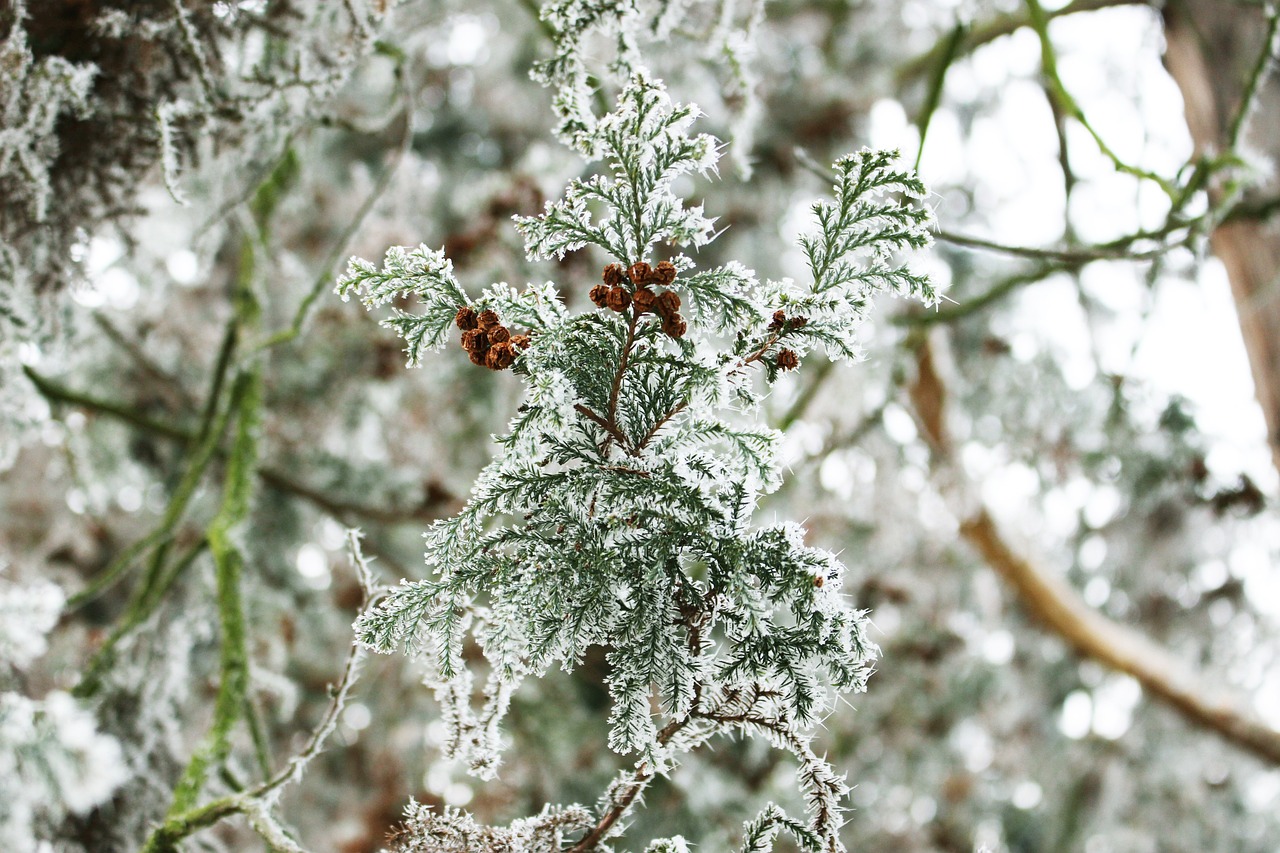Welcome to the informative article on “At What Temperature Can Babies Get Frostbite.” In this article, you will learn about the factors that can make babies more susceptible to frostbite, the signs and symptoms to watch out for, and most importantly, the temperature threshold at which babies can be at risk for frostbite. Understanding these key points will help you keep your little ones safe and warm during the chilly winter months. So let’s dive in and learn more about how to protect your precious bundle of joy from the cold!
At What Temperature Can Babies Get Frostbite
Have you ever wondered at what temperature babies can get frostbite? It’s a common concern for parents, especially during the winter months. In this article, we will explore the temperature thresholds at which babies are at risk of developing frostbite, as well as tips on how to protect your little ones from this cold weather condition.
Understanding Frostbite
Frostbite is a serious condition that occurs when skin and underlying tissues freeze due to exposure to cold temperatures. In infants, frostbite typically affects the cheeks, ears, nose, fingers, and toes. It can happen quickly, so it’s important to be aware of the signs and symptoms.
Let’s break down the stages of frostbite and how it can impact babies.
Stages of Frostbite
Frostbite can be classified into several stages, ranging from mild to severe:
-
First-degree frostbite: In this stage, the skin appears red and feels cold. It may also be painful or tingling.
-
Second-degree frostbite: The affected skin may turn white or grayish-yellow, and it may feel firm or waxy. Blisters may also form.
-
Third-degree frostbite: At this stage, the skin becomes numb, and the affected area may turn black or blue. Severe tissue damage can occur.
Impact on Babies
Babies are more vulnerable to frostbite due to their small size and limited ability to regulate body temperature. Their thin skin and developing circulatory system also play a role in making them more susceptible to cold-related injuries.
Temperature Thresholds for Frostbite in Babies
The temperature at which frostbite can occur varies depending on factors such as wind chill, humidity, and duration of exposure. For babies, the threshold for frostbite is generally higher than for adults, as their bodies lose heat more rapidly.
Let’s take a closer look at the temperature thresholds for babies at risk of frostbite.
Risk of Frostbite
| Temperature (Fahrenheit) | Risk of Frostbite in Babies |
|---|---|
| 32°F and above | Low risk |
| 14°F to 31°F | Moderate risk |
| Below 14°F | High risk |
Wind Chill Factor
The wind chill factor, which combines temperature and wind speed, can make temperatures feel colder than they actually are. Babies are more susceptible to frostbite when the wind chill factor is high, even if the temperature is above freezing.
Duration of Exposure
The longer a baby is exposed to cold temperatures, the higher the risk of developing frostbite. It’s essential to limit outdoor activities in extreme weather conditions and dress your baby appropriately for the cold.

Signs and Symptoms of Frostbite in Babies
Recognizing the signs and symptoms of frostbite is crucial for prompt treatment and prevention of complications. Watch out for the following indicators that your baby may have frostbite:
- Pale or red skin
- Cold or numb skin
- Swelling
- Blistering
- Hard or waxy appearance
- Joint or muscle stiffness
If you suspect that your baby has frostbite, seek medical attention immediately. Do not rub the affected area, as this can cause further damage.
Prevention Tips for Protecting Babies from Frostbite
Preventing frostbite in babies involves taking proactive measures to keep them warm and safe in cold weather conditions. Here are some tips to help you protect your little one from frostbite:
Dressing Appropriately
- Dress your baby in layers to trap body heat and provide insulation.
- Use hats, mittens, scarves, and boots to cover exposed areas.
- Choose clothing made of wool or synthetic materials that wick moisture away from the skin.
Avoiding Overexposure
- Limit the time your baby spends outdoors in cold weather.
- Plan indoor activities or outings during the coldest parts of the day.
- Use a stroller cover or a baby carrier with a protective flap.
Keeping Baby Warm
- Maintain a comfortable room temperature at home to prevent chilling.
- Use blankets and sleep sacks to keep your baby cozy during sleep.
- Avoid covering your baby’s face while sleeping to prevent suffocation.
Monitoring Signs of Cold Stress
- Watch for cues that your baby is cold, such as fussiness or shivering.
- Check your baby’s skin temperature by feeling the back of their neck or stomach.
- Respond promptly to signs of discomfort and adjust their clothing or environment as needed.

In Conclusion
Frostbite is a serious cold weather condition that can affect babies if they are not adequately protected. By understanding the temperature thresholds at which babies are at risk of frostbite and taking preventive measures, you can ensure your little one stays safe and warm during the winter months.
Remember to dress your baby appropriately, limit outdoor exposure in extreme weather, and monitor for signs of frostbite. Your vigilance and care are essential in keeping your baby healthy and happy despite the chill in the air. Stay informed, stay prepared, and enjoy the winter season with your little snowflake!
